Refresh your content to breathe new life into your existing blog posts and supercharge your SEO efforts.
In this post, we’ll delve into the art and science of republishing content, exploring why it’s more than just recycling old material. From reviving forgotten classics to reshaping and reinvigorating your content for a new audience, we’ll uncover the myriad benefits of giving your old posts a fresh lease on life.
So, whether you’re a seasoned content creator looking to extend the lifespan of your evergreen pieces or a brand seeking innovative ways to maximize your content’s reach and impact, join us on this journey as we unlock the power of republishing.
Why Republish Content?
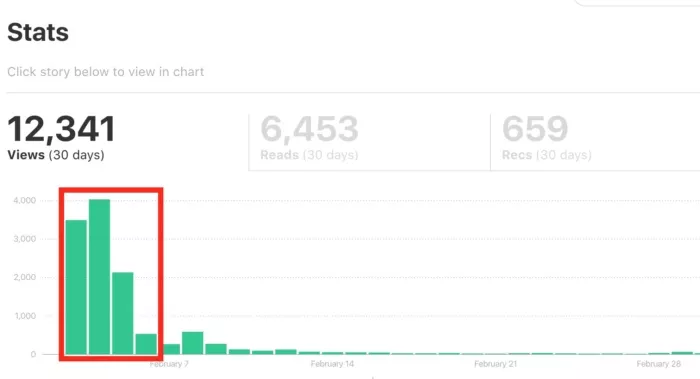
Refreshing content, also known as content recycling or content revitalization, is a cornerstone strategy in content marketing and SEO for several compelling reasons:
1. Improving Relevance
Over time, the information and statistics in your existing content can become outdated. Refreshing allows you to update and enhance the content, ensuring it remains accurate and relevant to your audience.
2. Optimizing for SEO & Boosting Rankings
Search engines favor fresh, updated content.
To illustrate the power of content refreshing, let’s examine how rankings and traffic changed for an article we updated on our blog. Initially ranking 29th on Google for the keyword “parts of a website,” we noticed underperformance in May 2023.
After conducting a thorough analysis of the SERPs and augmenting the content with additional information, we updated the post accordingly. The results were remarkable: we surged from the 29th spot to the 4th position for our target keyword.
Traffic also experienced a significant uptick since May 2023 after we refreshed and republished the post.
By refreshing content, you can integrate new keywords, optimize on-page SEO elements, and enhance overall content SEO, increasing its likelihood of ranking higher in search results.
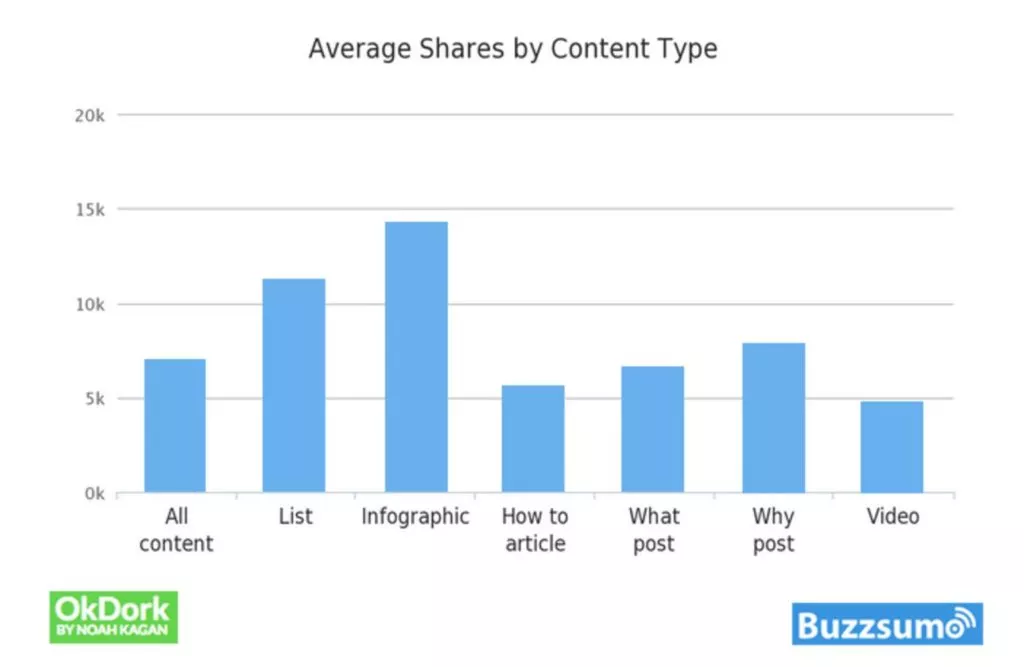
3. Attracting New Audiences
Refreshing provides existing content with a second chance to captivate a wider audience. It can attract new readers who may have missed the original publication, expanding your reach and engagement.
4. Enhancing User Experience
Updating and refining your content delivers a superior experience for your audience. Users value accurate and valuable information, and refreshing demonstrates your dedication to delivering top-notch content.
5. Enhanced Crawl Frequency
Search engine crawlers scour the web to discover and index new content. Refreshing a blog post or updating existing content prompts search engines to revisit your website, potentially leading to faster indexing of your refreshed content.
6. Maximizing ROI
Creating high-quality content demands time and resources. Repurposing and refreshing existing content enable you to maximize the return on your investment by extending the lifespan and value of your content assets.
7. Reinforcing Authority
Regularly updating and refreshing content in your niche or industry can bolster brand authority and topical relevance. It showcases your business as up-to-date and provides valuable insights to your audience.
8. Content Pruning
As your content repository expands, some older pieces may no longer align with your current brand or objectives. Refreshing offers an opportunity to update, refine, or consolidate content, ensuring a consistent message and brand image.
9. Avoiding Content Decay
As information ages, it can suffer from “content decay,” resulting in diminished accuracy and relevance, and decreased search visibility and user engagement. Refreshing helps stave off content decay by maintaining the accuracy and currency of your material.
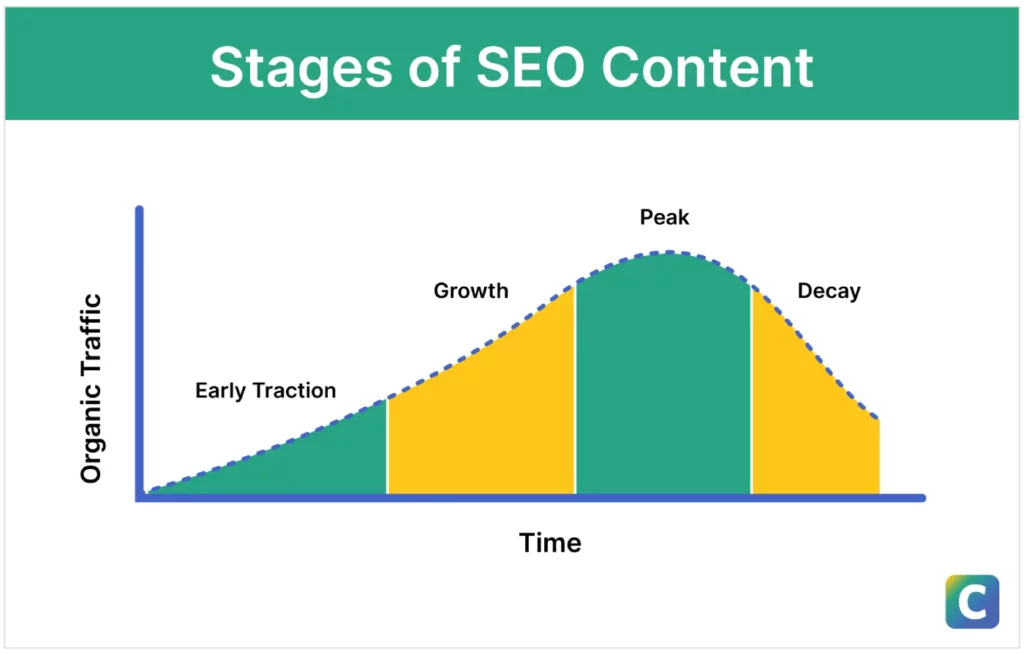
Learn about cornerstone content here.
Strategies to Republish Content:
A. Discover underperforming posts:
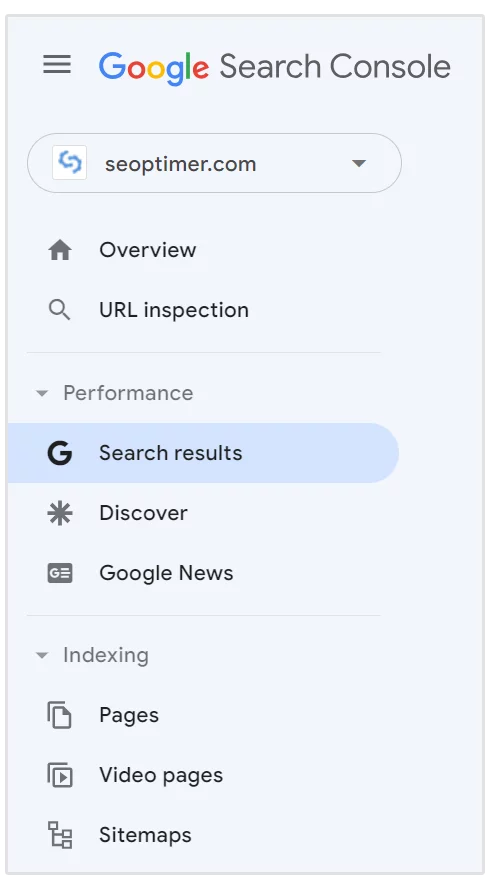
Finding underperforming blog posts is a crucial step in optimizing your content strategy for digital marketing success. Let’s break down the process in detail:
1. Utilize Website Analytics:
Start by analyzing your website’s analytics and performance metrics. Tools like Google Analytics and Google Search Console are invaluable for this task.
- Google Analytics: Login to your Google Analytics account and navigate to the Behavior > Site Content > All Pages section. Here, you can see the traffic metrics for all your website pages, including blog posts.
- Google Search Console: Login to Search Console and click on the “Search Results” section. Now, click on the “Date” button and compare the performance over the last 6 months to the previous period. Look for pages that have experienced declines in clicks and impressions.
2. Identify Declining Performance:
Make note of the blog posts that have experienced declines in terms of clicks, impressions, or other relevant metrics. These are the pages on your website that require attention and could benefit from a content refresh.
3. Keyword Tracking:
In addition to analytics tools, utilize a keyword tracking tool to monitor organic rankings. Identify underperforming articles that aren’t ranking as well as they should be for their targeted keywords.
4. Manual Content Review:
Begin by manually reviewing the content of the identified underperforming posts. Consider factors such as relevance, accuracy, readability, and overall quality. Ask yourself:
- Does the content still meet the needs of your target audience?
- Are there any topics or areas that your blog has not covered adequately?
- Are there any gaps in the content that need to be addressed to attract more readers?
5. Technical Evaluation:
In addition to content quality, examine if there are any technical issues affecting the underperforming posts. Common issues include:
- Slow page load times: Optimize images and consider upgrading your hosting if necessary.
- Broken links: Fix any broken links within the content or in the navigation of your website.
- Mobile responsiveness problems: Ensure that your website and its content display correctly on mobile devices.
6. Choose a Time Frame for Analysis:
You have the flexibility to choose any time frame for your analysis. Whether you compare data over the past month, quarter, year, or any other period, ensure it aligns with your objectives and provides meaningful insights into your content performance.
B. Update the content
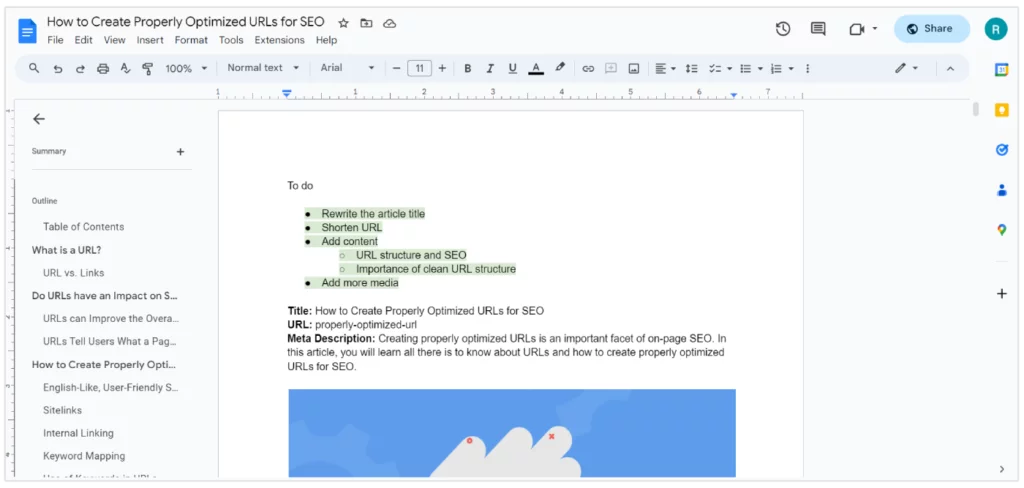
Establishing clear objectives for republishing and updating your content is essential to ensure that your efforts yield meaningful results. Here’s how to set your objectives effectively:
- Identify the Purpose: Determine why you are refreshing each piece of content. Are you aiming to include the latest information, enhance SEO performance, address user feedback, improve quality, or achieve other specific goals?
- Thorough Content Review: Before diving into updates, conduct a comprehensive review of the existing content. Take note of outdated statistics, broken links, inaccuracies, and areas for improvement. This analysis will guide your action plan.
- Create an Action Plan: Instead of haphazardly making changes, develop a structured action plan outlining the specific edits or additions needed for each piece of content. This plan serves as a roadmap to ensure that updates are strategic and effective.
For example, at SEOptimer, we follow a systematic approach when updating and republishing old content. For instance, when refreshing our article on “How to Create Properly Optimized URLs for SEO,” we compiled a detailed “To Do List” that included:
- Updating outdated information with the latest insights and trends.
- Optimizing the URL structure for improved SEO performance.
- Fixing any broken links within the content.
- Addressing user feedback by clarifying confusing sections or adding additional explanations.
- Enhancing the overall quality of the content by improving readability and organization.
C. Update the content title

Updating the title of your content is a pivotal step in the content refresh process. Here’s how to effectively update your titles:
- Reflect Refreshed Content: Ensure that the new title accurately reflects the updated content. It should encapsulate the key points and information presented in the article.
- Optimize for SEO: Enhance the title for SEO by strategically placing important keywords near the beginning and utilizing natural language. For example, in our article about broken links, we positioned the target keyword “What are Broken Links” at the start of the title.
- Consider SEO Best Practices: While updating the title alone may not guarantee a ranking boost, adhering to SEO best practices is essential. Incorporating the target keyword near the beginning of the title tag is one such practice to keep in mind.
- Signal Freshness: If the content discusses time-sensitive information, consider including the publication date or month in the title. This signals freshness to both users and search engines. For instance, Hobby Help, a website focused on hobbies, updates their content monthly and includes the current month in the title and heading to indicate recent updates.
D. Update the metadescriptions:
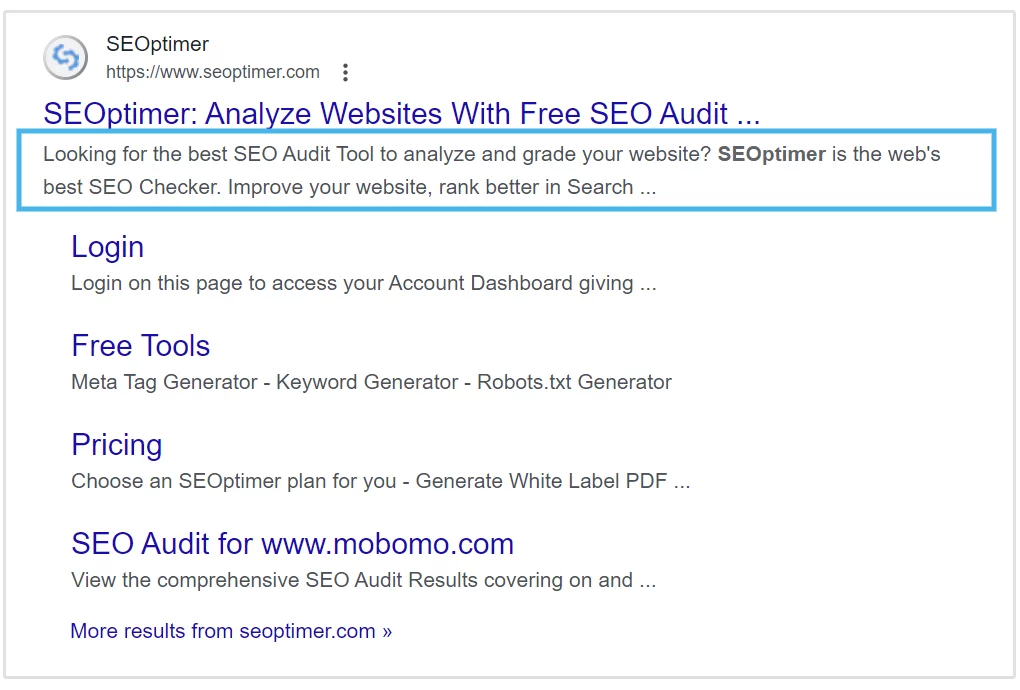
Updating the meta description of your content plays a pivotal role in enhancing its visibility in search results and enticing users to click through to your website. Here’s a detailed guide on how to effectively update your meta descriptions:
1. Importance of Meta Description Update:
Refreshing the meta description isn’t just a minor tweak; it’s a critical aspect of maintaining the freshness of your content and can significantly impact the success of your content marketing endeavors.
2. Crafting an Effective Meta Description:
- Conciseness: Aim for a concise meta description that succinctly communicates the essence of your content in just a few sentences. Lengthy descriptions risk being truncated in search results, so keep it brief and impactful.
- Clarity: Ensure that the meta description clearly outlines what users can expect to find on your webpage. It should accurately represent the content and entice users to click through.
3. Action-Oriented Language:
- Encourage Action: Incorporate action-oriented language in the meta description to prompt user engagement. Phrases like “Learn how to,” “Discover,” or “Find out” can effectively compel users to click through to your content.
4. Monitor Performance and Adjust:
- Track Metrics: After updating the meta description, closely monitor its performance metrics, including click-through rates (CTR) and engagement levels.
- Data-Driven Adjustments: Based on the gathered data and user behavior, make necessary adjustments to the meta description to further optimize its effectiveness in driving traffic to your website.
5. Continuous Improvement:
- Iterative Process: Meta description optimization is an iterative process. Continuously analyze performance metrics and refine your meta descriptions to better align with user intent and preferences.
E. Add new images
Introducing fresh imagery into your content can elevate its visual appeal, engagement, and overall quality. Follow these steps to seamlessly integrate new visuals:
1. Opt for High-Resolution Images:
Choose high-resolution images that are crisp, clear, and visually captivating. Low-quality or pixelated images can diminish the quality of your content, so prioritize quality visuals.
2. Embrace Variety:
Utilize various types of imagery such as photographs, illustrations, infographics, charts, and diagrams, as appropriate for your content. Diverse imagery keeps readers engaged and adds depth to your narrative.
3. Ensure Accessibility and SEO:
Don’t overlook the importance of descriptive alt text for each image. Alt text enhances accessibility for users with disabilities and contributes to SEO efforts. Describe the image’s content and purpose accurately in the alt text.
4. Align Imagery with Content Goals:
Ensure that the chosen imagery aligns with the user’s journey and the objectives of your content. Images should complement the content’s goals, whether it’s to educate, entertain, or persuade.
5. Stay Updated with Current Statistics:
Refreshing existing content involves replacing outdated statistics, facts, and figures with the latest and most accurate data. Follow these steps to keep your content current:
- Replace Outdated Statistics: Identify and replace obsolete statistics with new, up-to-date information. Update any numerical data, percentages, or figures accordingly.
- Verify Data Freshness: Confirm the freshness of the data by checking publication dates on the sources. Ensure that the statistics are the most recent available.
- Cross-Reference Sources: Validate the accuracy and reliability of statistics by cross-referencing information from multiple sources whenever possible. This helps prevent the dissemination of outdated or incorrect data.
F. Update Citations:
If you’ve cited sources for old statistics, update the citations to reflect the new sources and data. Maintaining transparency and giving credit to the original sources is crucial.
Adding new imagery to your content is a powerful way to enhance its visual appeal, engagement, and overall quality. Here’s a detailed guide on how to effectively incorporate fresh imagery into your content:
1. Choose High-Resolution Images:
Select high-resolution images that are clear, sharp, and visually captivating. Avoid using low-quality or pixelated images that can detract from the content’s quality and professionalism.
2. Embrace Variety:
Utilize a variety of image types, including photographs, illustrations, infographics, charts, and diagrams, as appropriate for your content. Diverse imagery not only keeps readers engaged but also adds depth and context to your narrative.
3. Ensure Accessibility and SEO:
Don’t overlook the importance of adding descriptive alt text to each image. Alt text enhances accessibility for users with disabilities and contributes to SEO efforts by providing context for search engines. Ensure that the alt text accurately describes the image’s content and purpose.
4. Align Imagery with Content Goals:
Ensure that the selected imagery aligns with the user’s journey and the objectives of your content. Images should complement the content’s goals, whether it’s to educate, entertain, or persuade. Aligning imagery with the content’s objectives enhances its effectiveness and relevance.
F. Update Old Statistics:
Refreshing existing content involves replacing outdated statistics, facts, and figures with the latest and most accurate data. Follow these steps to keep your content current:
- Identify Outdated Statistics: Review your content to identify any outdated statistics, facts, or figures that need updating.
- Verify Data Freshness: Ensure that the statistics are the most recent available by checking publication dates on the sources. It’s essential to provide readers with access to the latest findings and information.
- Cross-Reference Sources: Validate the accuracy and reliability of statistics by cross-referencing information from multiple sources whenever possible. This helps prevent the dissemination of outdated or incorrect data.
- Update Citations: If you’ve cited sources for old statistics, update the citations to reflect the new sources and data. This maintains transparency and gives credit to the original sources.
G. Add more content
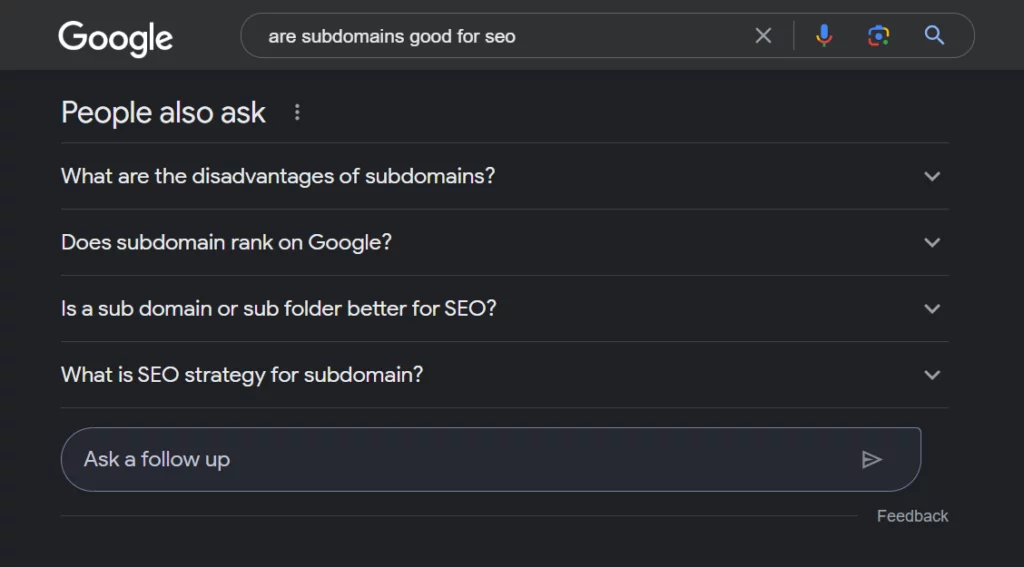
Enhancing your refreshed content with additional information can significantly elevate its educational value, authority, and appeal to your audience. Here’s a detailed approach to effectively add supplementary information:
1. Select Key Points for Expansion:
Identify key points or subtopics within your content that could benefit from further elaboration. Expand on these areas by providing more in-depth information, relevant examples, or compelling case studies.
2. Address Reader Feedback:
Take into account questions or concerns raised by your audience in the comments section, customer support tickets, product reviews, and other feedback channels. Use this valuable input to fill specific information gaps and address readers’ needs more comprehensively.
3. Leverage Google’s “People Also Ask” Feature:
Utilize Google’s “People Also Ask” feature to identify frequently asked questions related to your topic that haven’t been addressed in your blog post yet. Incorporating answers to these queries can enhance the completeness of your content and cater to a broader range of reader interests.
4. Quote Experts or Thought Leaders:
Enhance the credibility and depth of your content by quoting experts or thought leaders in your industry. Their insights and perspectives can provide valuable additional context and authority to your writing.
5. Present Alternative Viewpoints:
Offering alternative viewpoints or perspectives on the topic can enrich your content and provide readers with a more balanced understanding of the subject matter. When relevant, explore different angles or interpretations to encourage critical thinking and engagement.
H. Republish the content
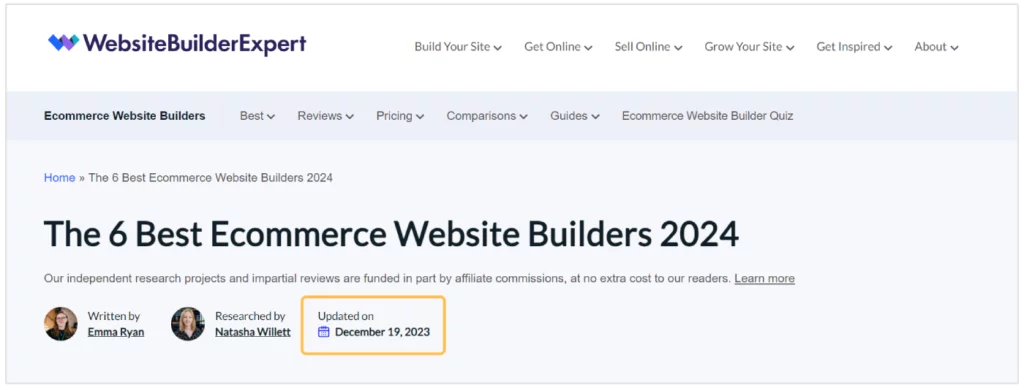
Republishing your updated content is the final step in the content refresh process. Here’s a detailed guide on how to republish your blog effectively:
1. Include a Note for Readers:
Add a brief note at the beginning or end of the blog to inform readers that the content has been updated and republished for their benefit. This ensures transparency and lets readers know that they’re accessing the latest information.
2. Utilize Content Management Systems:
Most content management systems (CMS) have built-in features for republishing content. If your CMS doesn’t offer this functionality, consider finding a plugin that can assist with republishing and updating content seamlessly.
3. Promote Across Channels:
Promote the republished blog through various marketing channels, including your website, social media platforms, email newsletters, and any other relevant channels. Treat it as you would a new piece of content to maximize visibility and engagement.
I. Monitor new publications
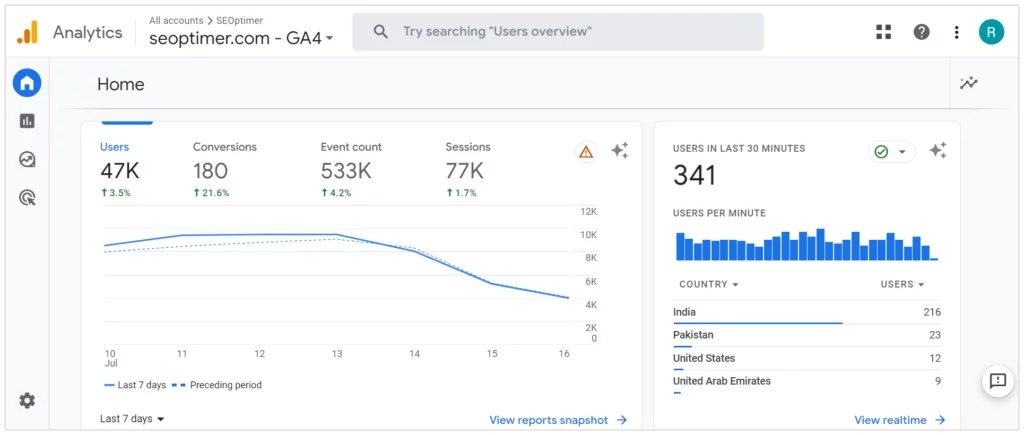
Monitoring the performance of your refreshed content is crucial for assessing its effectiveness and making data-driven decisions. Follow these steps to track changes in performance:
- Record Baseline Metrics: Before refreshing the content, record baseline metrics for each chosen Key Performance Indicator (KPI). This provides a point of comparison for measuring improvements post-refresh.
- Monitor Website Traffic: Use tools like Google Analytics to track changes in website traffic related to the refreshed content. Pay attention to metrics such as page views, unique visitors, and overall site traffic to assess the impact of your changes.
- Analyze User Engagement: Evaluate user engagement metrics, including time spent on page, bounce rate, scroll depth, and social shares or comments. These metrics provide insights into how effectively the refreshed content is engaging your audience.
- Compare Metrics: After republishing, compare the post-refresh metrics to the baseline metrics recorded earlier. Document the aspects you updated to facilitate future content refreshes.
Conclusion:
Republishing content is a cornerstone strategy for maintaining relevance, optimizing for SEO, attracting new audiences, and maximizing the value of your existing content assets. It’s a cost-effective method to ensure your content continues to serve your audience effectively while supporting your broader content marketing and SEO objectives.
Regular audits are crucial to identify underperforming blog posts and ensure your content remains up-to-date and impactful. By consistently finding and enhancing these underperforming pieces, you refine your content strategy, enhance the overall user experience, and ultimately drive better outcomes for your website.
FAQs on Republishing Content:
Why is republishing content important?
Republishing content helps maintain relevance, optimize for SEO, attract new audiences, and maximize the value of existing content assets. It ensures that your content continues to serve your audience effectively while supporting broader content marketing and SEO goals.
How does republishing benefit SEO?
Republishing allows you to update content with fresh information, keywords, and optimization strategies, which can improve search engine rankings and visibility over time.
What is the significance of regular content audits?
Regular content audits help identify underperforming blog posts, ensuring that your content remains up-to-date, relevant, and effective. This process allows you to refine your content strategy, enhance user experience, and achieve better outcomes for your website.



